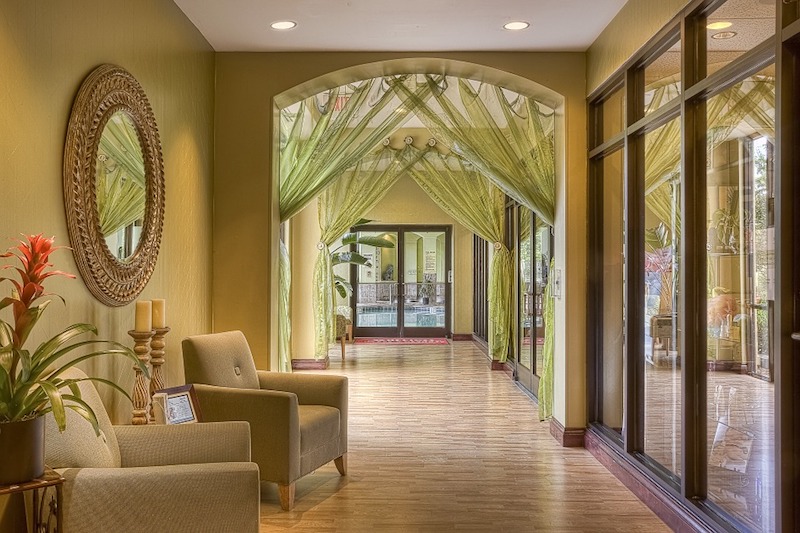At the end of the second quarter, analysts at Lodging Econometrics (LE) report that the total U.S. construction pipeline stands at 5,312 projects/634,501 rooms, up 7% from 2017’s 4,973 projects/598,371 rooms. The pipeline has been growing moderately and incrementally each quarter and should continue its upward growth trend as long as the economy remains strong. Pipeline totals are still significantly below the all-time high of 5,883 projects/785,547 rooms reached in 2008.
Projects scheduled to start construction in the next 12 months have seen minimal change year-over-year (YOY) with 2,291 projects/266,878 rooms. Projects currently under construction are at 1,594 projects/208,509 rooms, the highest recorded since 2007. This also marks the fourth consecutive quarter that the number of rooms under construction has been over 200,000 units.
Early planning with 1,427 projects/159,114 rooms, saw a 25% increase in projects and 18% increase in rooms YOY. This increase in early planning is typical late cycle activity where developers are anxious to move from the drawing board into the permitting phase prior to any economic slowdown. Many are larger projects that wait for peak operating performance in their markets before seeking financing.
Both the increase in projects under construction and those in the early planning stage are reflective of the urgency developers currently have before the economy softens and/or interest rates further accelerate.
The top five markets with the largest hotel construction pipelines are: New York City with 169 projects/29,365 rooms; Dallas with 156 projects/18, 908 rooms; Houston with 150 projects/16,321 rooms; Nashville with 123 projects/16,392 rooms; and Los Angeles with 121 projects/18,037 rooms.
The five top markets with the most projects currently under construction are New York City with 101 projects/17,108 rooms, Dallas with 47 projects/6,350 rooms, Nashville with 43 projects/7,005 rooms, Houston with 40 projects/4,738 rooms, and Atlanta with 28 projects/3,387 rooms.
In the second quarter, Nashville has the largest number of new projects announced into the pipeline with 13 projects/1,351 rooms, followed by Los Angeles with 12 projects/1,845 rooms, New York City with 11 projects/1,075 rooms, Houston with 11 projects/909 rooms, and Dallas with 10 projects/1,229 rooms. If all of the projects in their pipelines come to fruition, these leading markets will increase their current room supply by: Nashville 38.2%, Austin 29.3%, Fort Worth 28.5%, San Jose 25.3%, and New York City 25.2%.
Hotels forecast to open in 2018 are led by New York City with 45 projects/7,762 rooms, followed by Dallas with 33 projects/ 3,813 rooms, and then Houston with 27 projects/3,114 rooms. In 2019, New York is forecast to again top the list of new hotel openings with 52 projects/7,356 rooms while, at this time, Dallas is anticipated to take the lead in 2020 with 40 projects/4,943 rooms expected to open.
Related Stories
Multifamily Housing | Feb 15, 2018
United States ranks fourth for renter growth
Renters are on the rise in 21 of the 30 countries examined in RentCafé’s recent study.
Market Data | Feb 1, 2018
Nonresidential construction spending expanded 0.8% in December, brighter days ahead
“The tax cut will further bolster liquidity and confidence, which will ultimately translate into more construction starts and spending,” said ABC Chief Economist Anirban Basu.
Green | Jan 31, 2018
U.S. Green Building Council releases annual top 10 states for LEED green building per capita
Massachusetts tops the list for the second year; New York, Hawaii and Illinois showcase leadership in geographically diverse locations.
Industry Research | Jan 30, 2018
AIA’s Kermit Baker: Five signs of an impending upturn in construction spending
Tax reform implications and rebuilding from natural disasters are among the reasons AIA’s Chief Economist is optimistic for 2018 and 2019.
Market Data | Jan 30, 2018
AIA Consensus Forecast: 4.0% growth for nonresidential construction spending in 2018
The commercial office and retail sectors will lead the way in 2018, with a strong bounce back for education and healthcare.
Market Data | Jan 29, 2018
Year-end data show economy expanded in 2017; Fixed investment surged in fourth quarter
The economy expanded at an annual rate of 2.6% during the fourth quarter of 2017.
Market Data | Jan 25, 2018
Renters are the majority in 42 U.S. cities
Over the past 10 years, the number of renters has increased by 23 million.
Market Data | Jan 24, 2018
HomeUnion names the most and least affordable rental housing markets
Chicago tops the list as the most affordable U.S. metro, while Oakland, Calif., is the most expensive rental market.
Market Data | Jan 12, 2018
Construction input prices inch down in December, Up YOY despite low inflation
Energy prices have been more volatile lately.
Market Data | Jan 4, 2018
Nonresidential construction spending ticks higher in November, down year-over-year
Despite the month-over-month expansion, nonresidential spending fell 1.3 percent from November 2016.

















